Charles Reinke was home schooled and taken under the wing of college professors. With endless career options, his goal was not to be bored.
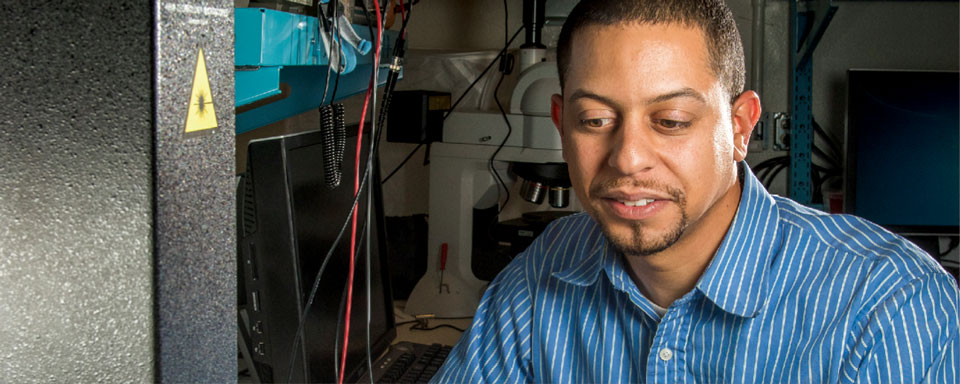
Reversing the oft-told story of the recalcitrant South barring people of color from educational institutions, 13-year-old Charles Reinke chose not to enroll when he was invited to attend a top Mississippi private school. “I would have been the only non-white person there,” he says. “I would have essentially been integrating the school.”
Further analysis, this time of a local public high school, indicated that it was, “how shall I say it, not a high-performing school,” Reinke says.
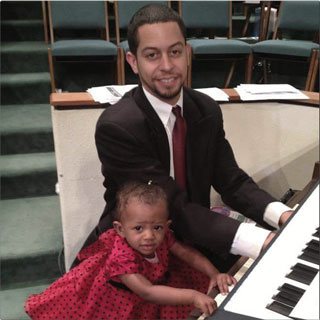
Facing a cost-benefit problem, young Reinke and his parents weighed difficulties in attending against benefits expected to accrue. They concluded that the private school took too great a time and energy investment for the slim intellectual gains expected.
So the family switched its approach. They had moved from Oklahoma to Mississippi because Reinke’s father was promoted to supervisor at the Federal Aviation Administration’s Greenwood Flight Service Station, routing air traffic between Jackson, Mississippi, and Memphis, Tennessee.
In Mississippi they encountered nothing but fabled Southern hospitality. But on their 68 acres of forested land, complete with a creek and pond, the family agreed that Reinke would be home-schooled. He had always been self-motivated in exploring how things worked; in Oklahoma he was part of the Young Astronaut Council and participated in science fairs. Now his mom, finishing her bachelor’s in business administration at historically black Mississippi Valley State University, volunteered to home-school him and effectively be his high school principal.
A push to medical school
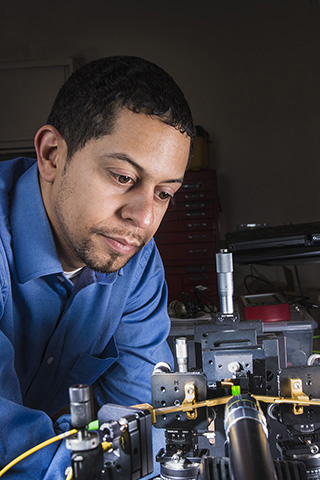
The solution needed adjustments. Since Reinke liked math, his mom found a professor at Valley State to help out when he advanced beyond her level of knowledge. For physics and chemistry, since it would have been hard to build labs at home, she arranged for him to audit 101-level classes at her college, which she applied as high school credit.
His professors noted the unusual abilities of their high school protégé, and not only offered college credits for his audits but recommendations to help him into medical school “if I wanted that path,” he says. The offer was tempting because Reinke wanted his career to have an impact. But he felt conflicted. “If I made a wrong decision as a doctor, it would be a huge responsibility. Someone might die,” he says. “In a lab, I might ruin a piece of equipment, but no one would get hurt.”
For that and other reasons, science became Reinke’s first choice. He decided to attend Jackson State University, a nearby, highly rated historically black university. He declared math his major but quickly realized that “math was going to bore me — I found it very theoretical and abstract — so I switched to physics, which to me meant applying math to how the world operates.”
The next career choice was engineering, which takes an understanding of the physical world and applies it to real problems. Jackson State didn’t offer undergraduate engineering but had a dual degree program with the Georgia Institute of Technology, six hours away. It offered participants a five-year double-bachelor’s degree in physics and electrical engineering. Reinke signed up.
“Engineering takes a scientific advance already established and does something with it,” he says. “Pure science means coming up with new things that can be used.” Reinke liked both. “Even if the science is already established, I want to understand the underlying physics before I go on to do the engineering I’m paid to do.”
He at first found Georgia Tech’s teaching methods remote. “There were 1,500 students in my first computer science class. I could barely see the professor at his lectern,” he says. “I think if that had been my first college experience, I would have been overwhelmed.” It made him value the nurturing environment at Jackson State even more. He could easily find his professors to question them about fundamental concepts; at Tech, he found it was more about chasing graduate students who offered a less mature level of knowledge.
Still, he found his way. For graduate school, after being wait-listed by Massachusetts Institute of Technology (MIT), he chose to remain at Georgia Tech. He saw articles in science publications about work at Sandia National Laboratories on photonic crystals. These caught his eye because his thesis concerned the simulation and design of nonlinear photonic crystals, and Sandia was making headlines in the field.
At a talk in Sydney, Australia, in 2009 on his graduate work, he was approached by Sandia researcher Ihab El-Kady. “He saw my talk, mentioned that he was doing similar work and that he had a postdoc position open,” Reinke says.
An early career in LDRD
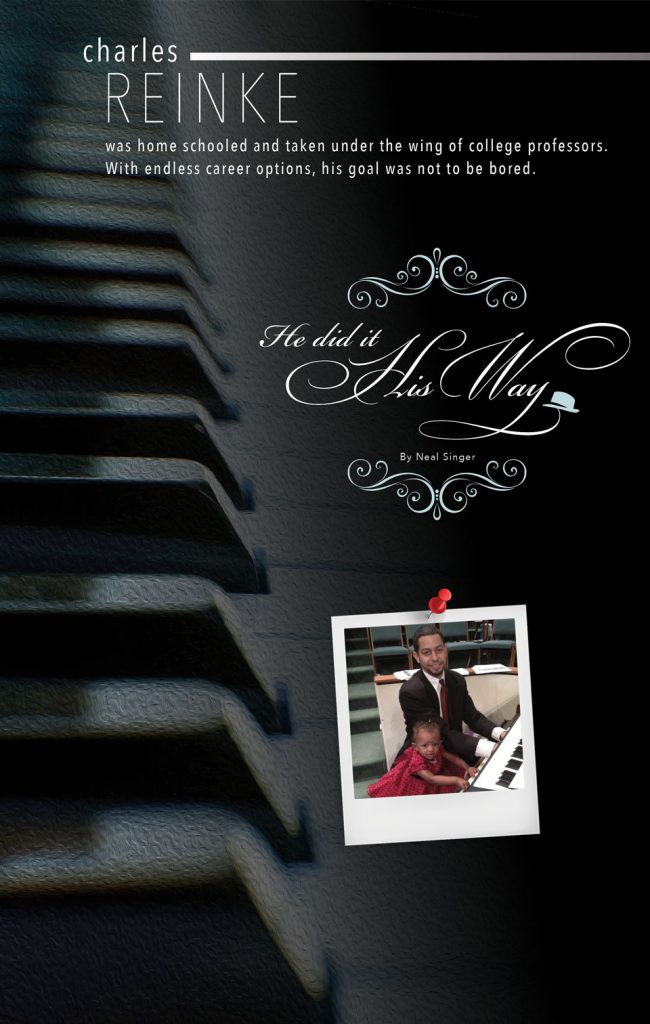
It was time for the next stage in Reinke’s life. He had done an internship at the MIT Lincoln Laboratory near Boston and visited Oak Ridge National Laboratory. “I didn’t have any desire to live in California, which is expensive and has earthquakes, and the hustle-bustle of Boston and New York didn’t appeal to me either,” he says. “Sandia in Albuquerque looked fine. Though it seemed in the middle of the desert, the cost of living and laid-back lifestyle were similar to back home.”
At Sandia, he began research on an early career Laboratory Directed Research and Development (LDRD) project that used phononic crystals to improve the usefulness of silicon for thermoelectric applications. “That LDRD definitely gave me the experience of running a small project within Sandia, learning the labs’ own culture and way of doing things,” he says. A thermoelectrics project that grew out of that, he says, has the promise of closely integrating cooling with microelectronic devices, a commercially important problem.
“We’re trying to integrate coolers directly on the active area of the chip, rather than relying on a heat sink placed relatively a long distance away,” Reinke says. “Heat is ubiquitous; virtually everything creates heat. So, work in this area could have a wide impact. Experiments using silicon — the overwhelming material of choice for microelectronics manufacturers — suggest a wide range of potential applications.”
A paper detailing the work is expected within a year.
“Making the next iPhone is cool,” he says introspectively, “but what impact are you really making? At Sandia, we make a difference to our national security. Even when we can’t talk about it, we know we’re doing it. That ’s one of the big features of Sandia that draws and keeps top researchers here. You may not become a millionaire or get your face on the cover of Forbes, but your work is gratifying.”
When not working, Reinke spends time with his wife of seven years, Lakeisha, and their daughter, Salomé. He can often be found playing the organ in church. “Music is very mathematical,” he says. “It’s no wonder you see many scientists and engineers who play musical instruments.”
Photonic crystals
A photonic crystal is an optical structure made of materials whose refractive indices vary periodically on length scales close to that of the wavelength of light. Such structures are interesting because they can exhibit light propagation behavior that is not normally observed in nature. One example is negative refraction, where light is deflected in the opposite manner as dictated by Snell’s law, which describes refraction in “normal” materials. In other examples, the propagation of light pulses at certain frequencies can be completely forbidden, or slowed to a fraction of the speed of light in free space.
Charles Reinke became interested in photonic crystals after a summer research experience involving light transmission in optical fiber networks. Deciding to pursue the topic in graduate school, he studied the coupling of nonlinear optical effects with photonic crystals. One highlight of the work was the creation of
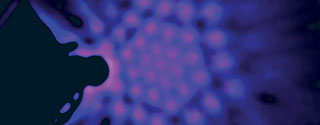
an efficient numerical simulation code that is particularly suited for investigating such effects.
Closely related to photonic crystals is the area of phononic crystals, which are the mechanical-wave analogues of their electromagnetic-wave counterparts. It was in support of an Laboratory Directed Research and Development (LDRD) project on phononic crystals that Reinke was hired at Sandia as a postdoctoral appointee. Later he would lead an Early Career LDRD on the topic of engineering thermal conductivity in silicon using photonic crystals. Although his research since grad school has broadened from phononics to optomechanics and other areas, photonic crystals area are still an area of interest.